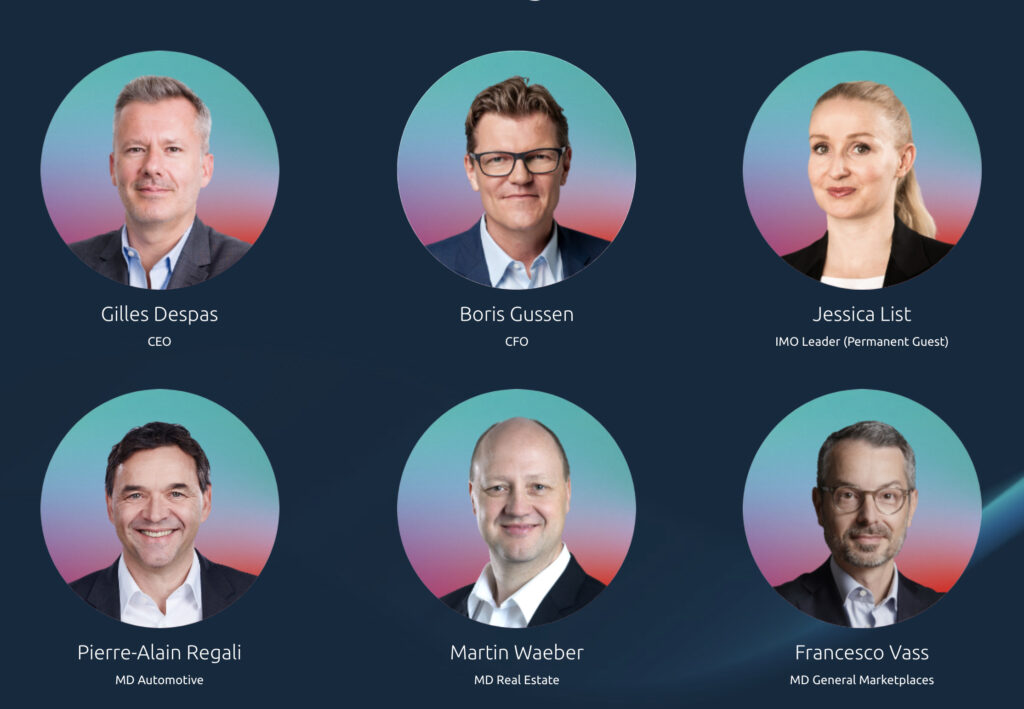De nouvelles estimations de l’Agence européenne pour l’environnement (AEE) révèlent que la consommation de fast fashion en Europe atteint des sommets. Chaque habitant consomme en moyenne 19 kg de textiles par an. Sur la plateforme en ligne Ricardo, une nette tendance inverse se dessine, marquée par une forte augmentation des ventes de mode d’occasion : en 2024, environ 610 000 articles de seconde main de la catégorie « Vêtements & accessoires » ont changé de mains sur Ricardo. Cela représente une hausse de 31 % en deux ans et souligne l’importance croissante de l’économie circulaire et de la consommation responsable.
L’étude récente de l’AEE intitulée « Circularity of the EU textiles value chain in numbers » montre qu’en 2022, la consommation moyenne de textiles par habitant en Europe atteignait 19 kg – soit 2 kg de plus qu’en 2019. Une grande partie de ces textiles finit à la poubelle : selon l’étude, seulement 22 % des textiles usagés sont collectés ou réutilisés.
Alors que l’industrie de la fast fashion poursuit sa croissance à l’échelle mondiale, Ricardo observe une évolution positive vers plus de circularité : les échanges de vêtements d’occasion sont en nette progression depuis plusieurs années. En 2024, environ 1,21 million d’articles de seconde main ont été mis en ligne sur Ricardo dans la catégorie « Vêtements & accessoires ». Cela représente une hausse de 14 % par rapport à 2023 et de 33 % par rapport à 2022. Parmi ceux-ci, 610 067 articles ont été vendus avec succès – une augmentation de 13 % par rapport à l’année précédente et de 31 % par rapport à 2022. Le prix moyen d’un article de mode féminine d’occasion vendu avec succès était d’environ 27 CHF, tandis que les articles de mode masculine atteignaient en moyenne 41 CHF. La consommation durable via la seconde main s’avère ainsi avantageuse tant sur le plan écologique qu’économique.
Donner une seconde vie à la fast fashion grâce à Ricardo
Le boom de la fast fashion ne s’arrête pas aux frontières suisses. Mais au lieu de jeter leurs vêtements inutilisés, les consommateurs suisses privilégient souvent Ricardo pour les revendre. Actuellement, environ 24 062 articles de la marque H&M et 17 478 articles de Zara sont listés sur la plateforme – jusqu’à un tiers d’entre eux étant encore en excellent état. Ces deux marques, emblématiques de la fast fashion mondiale, voient ainsi leur durée de vie significativement prolongée grâce à la revente sur Ricardo – ce qui permet d’économiser des ressources précieuses et de réduire la montagne de déchets textiles.
« Voir que de plus en plus de personnes choisissent la seconde main nous motive au quotidien. Chez Ricardo, nous voulons rendre cette démarche aussi simple et sûre que possible, afin d’encourager toujours plus de Suissesses et Suisses à adopter une consommation responsable. », déclare Francesco Vass, Managing Director de Ricardo au sein de la SMG Swiss Marketplace Group.

Mojca Fuk
Senior Corporate Communications Manager &
Media Spokesperson
À propos de Ricardo
Ricardo a été fondé fin 1999 à Baar (ZG). Au cours des 25 dernières années, Ricardo est devenu l’un des marchés en ligne les plus populaires pour les biens de seconde main sur le marché suisse du e-commerce. Ricardo appartient à la SMG Swiss Marketplace Group AG.
www.ricardo.ch

